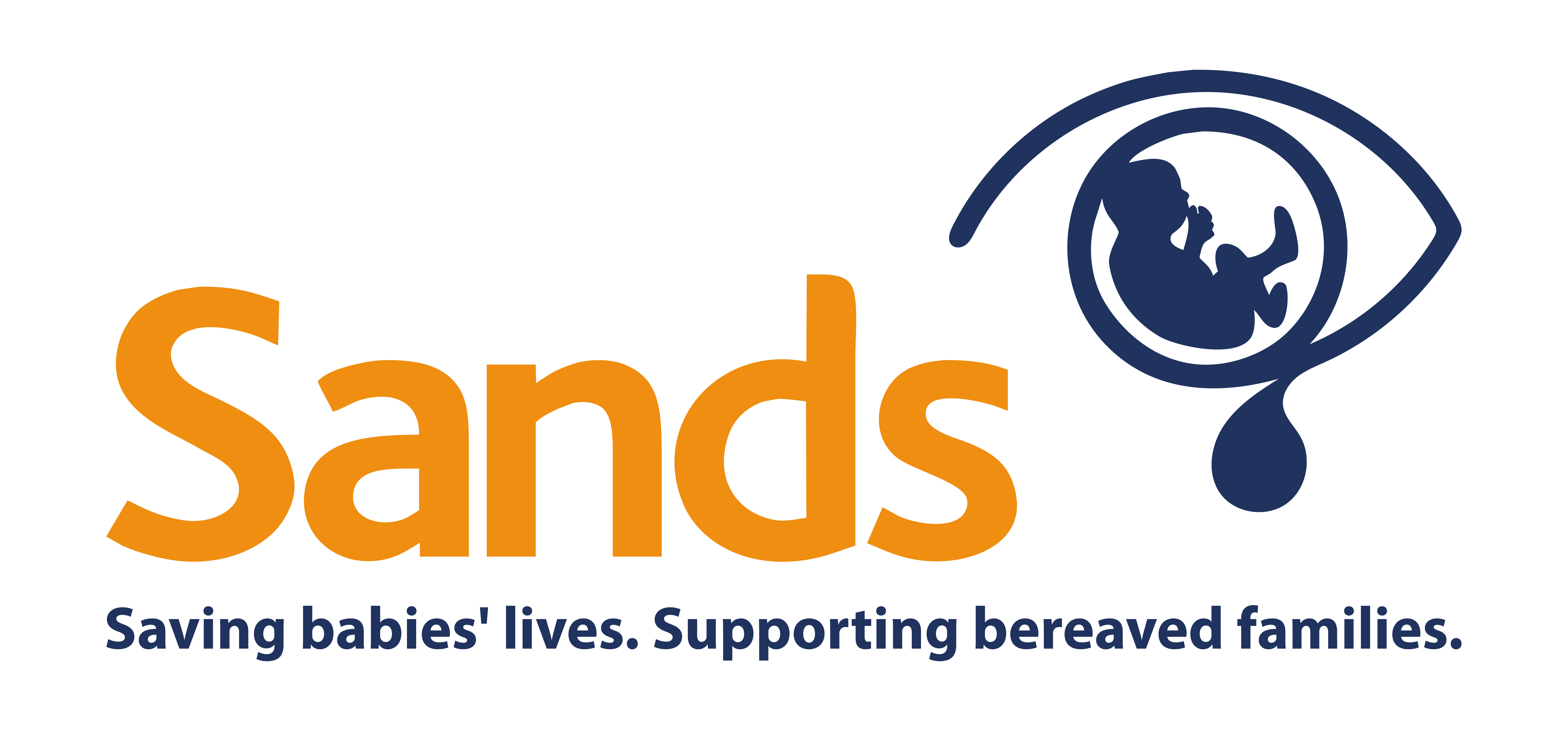Exploring how environmental exposures during pregnancy, such as sunlight, temperature, and air pollution, influence the risk of stillbirth.
This research, funded by Sands, aims to understand the relationship between environmental factors a woman encounters during pregnancy and the potential risk of stillbirth. With over half of stillbirths remaining unexplained, it's crucial to identify new risk factors and understand how they might affect the health of both the mother and the baby.
The research study will use environmental and health data records from Scotland and analyse them to see if there are any patterns between factors like sunlight levels, temperature or air pollution and the risks of stillbirth, or problems for the mother and baby during pregnancy.
This research should provide important evidence about whether sunlight levels, temperature and air pollution are linked to an increased risk of stillbirth or not. Gaining a better understanding of the different risk factors potentially associated with stillbirth will help researchers, clinicians and policy makers to ensure that public health information for pregnant women is clear and up to date.
